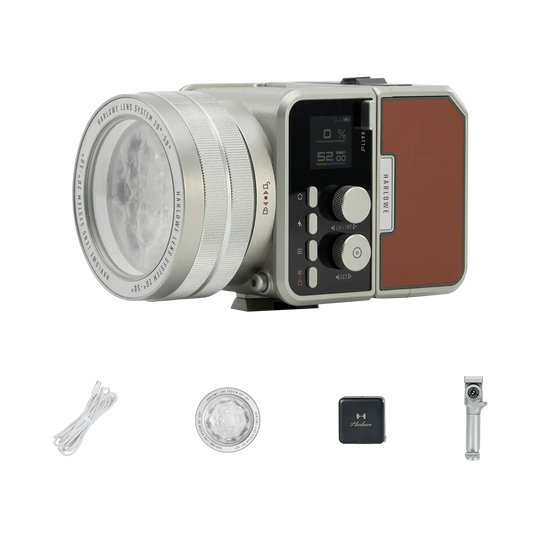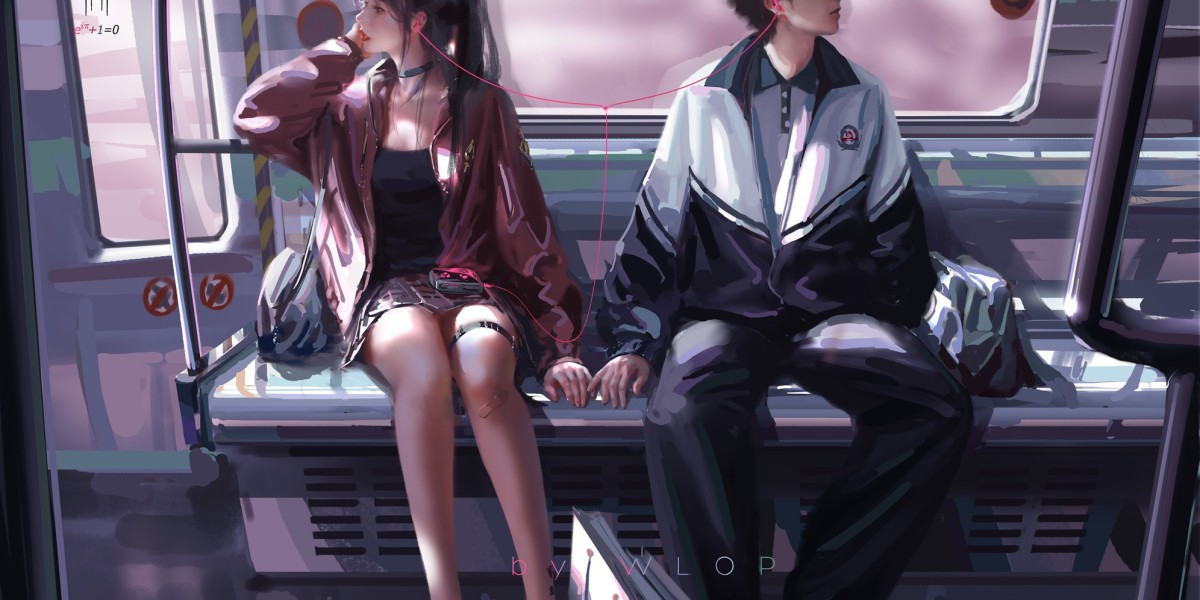Unlock Your Best Shots: The Ultimate Guide to Next-Level Photography Lights!
Lighting is the backbone of photography, shaping not only the mood and atmosphere of your images but also their overall quality. Good lighting can transform a simple shot into a masterpiece, while poor lighting can detract from even the most compelling subject. As we approach 2025, it's essential for photographers—whether amateurs or seasoned professionals—to stay updated on the best photography lights available. This article aims to guide you through the top-rated lighting options for the coming year, helping you enhance your skills, unleash your creativity, and ultimately capture stunning photographs that stand out.

Understanding the Basics of Photography Lighting
At its core, photography lighting can be categorized into two main types: natural light and artificial light. Natural light, derived from the sun, can create beautiful images, especially during the golden hour when the sunlight is soft and warm. However, its availability is limited, and its quality can be unpredictable. On the other hand, artificial light provides more control over the lighting conditions, allowing photographers to create the desired mood and effect. Key elements of lighting include light quality, direction, and color temperature. Light quality refers to the hardness or softness of the light—soft light reduces shadows, while hard light creates strong contrasts. Light direction affects how subjects are illuminated, influencing the perception of depth and texture. Lastly, color temperature, measured in Kelvin, can enhance or alter the colors in a photograph, making it crucial to understand these fundamentals for effective photography.
Types of Photography Lights to Consider in 2025
As we look ahead to 2025, several types of photography lights are making waves in the industry. Among them are LED lights, softboxes, ring lights, and continuous lighting options. Each has distinct features and benefits that cater to various photography styles and settings. LED lights are a favorite for many due to their energy efficiency and long lifespan, making them a cost-effective option in the long run. Softboxes provide a means to diffuse light, resulting in soft shadows, ideal for portrait and product photography. Ring lights are particularly popular in beauty and fashion photography, offering even illumination around the subject, which minimizes shadows and highlights features beautifully. Lastly, continuous lighting setups are crucial for those working in video and photography, as they allow for real-time adjustments, ensuring that you get the perfect shot every time.
LED Lights
LED lights have revolutionized the way photographers light their scenes. With their impressive energy efficiency and longevity, these lights offer a practical solution for both indoor and outdoor shoots. One of the standout features of LED lights is their versatility; they can be adjusted for brightness and color temperature, allowing photographers to tailor the lighting to their specific needs. A friend of mine who is an aspiring photographer loves using LED panels for her shoots, especially because they can easily be moved around to create the perfect lighting setup without the hassle of bulky equipment.
Softboxes
Softboxes are an essential tool for portrait photographers aiming to create flattering images. By diffusing the light, softboxes minimize harsh shadows and create a more pleasing light quality. The result is a softer, more natural look that enhances skin tones and textures. I recall a photoshoot my friend conducted; she used a softbox for her portraits, and the difference it made was evident. The subjects looked luminous without the stark shadows that can sometimes be an issue with direct lighting.
Ring Lights
Ring lights are a must-have for beauty and product photography. Their circular design allows for even illumination, which is perfect for highlighting facial features and minimizing imperfections. Many content creators have embraced ring lights for their online videos, as they provide a professional look with minimal effort. A personal anecdote comes to mind—when I first tried a ring light during a photoshoot, I was amazed at how it transformed the quality of my images. The even light made my subjects pop, and the overall aesthetic improved dramatically.
Continuous Lighting
Continuous lighting is indispensable for photographers who require consistent lighting for both video and photography. It allows for immediate feedback as you adjust your settings, which is particularly useful in dynamic shooting environments. Continuous lighting setups can range from simple bulb arrangements to sophisticated kits with adjustable intensity and color temperatures. When testing out continuous lighting for an event shoot, I found it incredibly helpful to see how my adjustments affected the scene in real-time, leading to more successful shots.
Choosing the Right Photography Light for Your Needs
Selecting the right lighting equipment is crucial and depends on various factors, including your personal photography style, the subjects you shoot, and your budget. Start by identifying what you intend to photograph most—portraits, products, landscapes, or events. Each type of photography may require different lighting solutions. For instance, if you often shoot portraits, a softbox or ring light may be more beneficial, while nature photographers might rely more on natural light supplemented with portable LED lights. It's also essential to experiment with different lighting setups; don't hesitate to test various types to see what works best for your unique style and vision.
Innovative Trends in Photography Lighting for 2025
The photography lighting industry is constantly evolving, and 2025 promises exciting advancements. One of the most notable trends is the rise of smart lighting technology, which allows for wireless control and customization via apps. Photographers can adjust brightness, color temperature, and even power on or off their lights remotely. Additionally, portable lighting solutions are gaining popularity, making it easier for photographers to capture stunning images on the go. These innovations not only streamline the workflow but also enhance creativity by providing more options and flexibility in lighting arrangements.
Harnessing Lighting Power for Stunning Photography
In conclusion, the right lighting can significantly impact your photography, enhancing image quality and overall creativity. Understanding the basics of photography lighting, exploring various types of lights, and keeping abreast of innovative trends will empower you to make informed choices. As you develop your photography skills, remember to experiment with different lighting setups and stay updated on new technologies in the industry. Embrace the art of lighting, and you’ll unlock the potential for truly breathtaking photographs that tell compelling stories.








